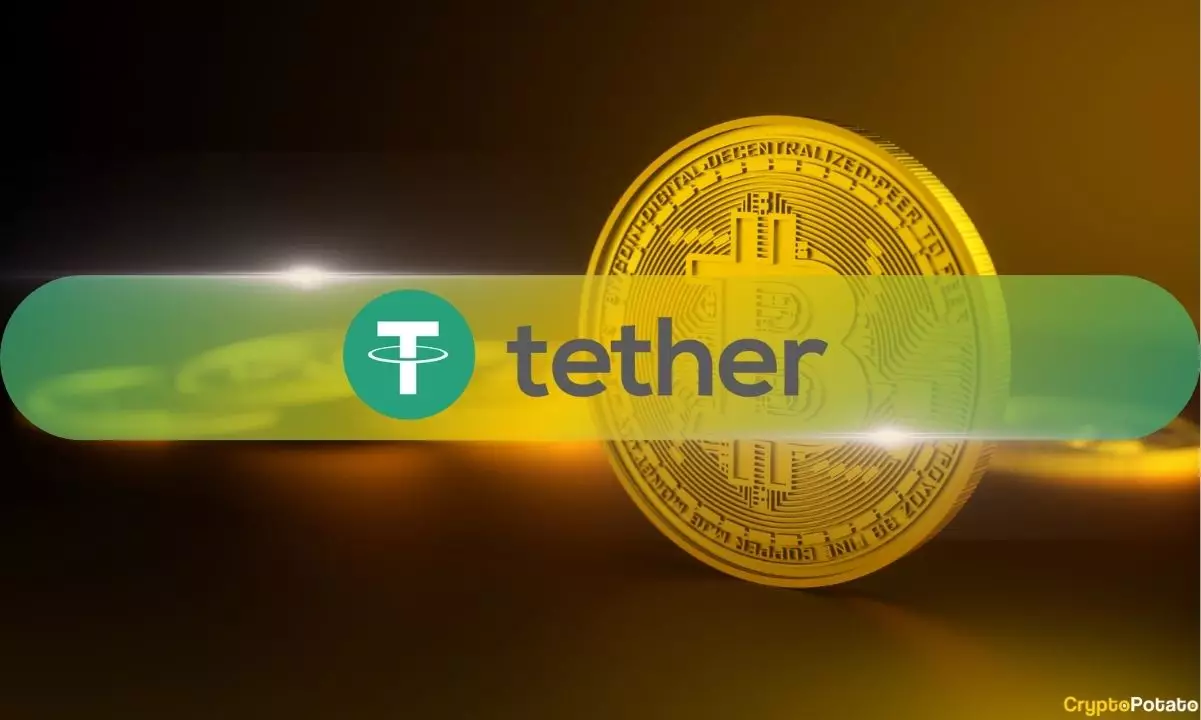In a groundbreaking move that could change the landscape of digital finance, Tether has officially announced the integration of its stablecoin USDT into Bitcoin’s infrastructure, particularly focusing on its base layer and the Lightning Network. This significant development was unveiled during the Plan ₿ Forum in El Salvador, where Tether’s CEO, Paolo Ardoino, and Lightning Labs’ CEO, Elizabeth Stark, discussed the implications of this merger in a dynamic fireside chat. The integration utilizes the innovative Taproot Assets protocol, which is built on the recent Taproot upgrade and spearheaded by Lightning Labs. This convergence promises to harness the strengths of both Bitcoin and stablecoins to create a more fluid and efficient financial ecosystem.
Tether’s commitment to innovation within the Bitcoin ecosystem is underscored by Ardoino’s assertion that the integration of USDT onto the Lightning Network reflects a dedication to Bitcoin’s fundamental tenets of decentralization and security. This initiative aims not only to enhance the speed and reliability of transactions but also to facilitate practical applications in remittances and various payment solutions. The integration represents a merging of traditional finance with the burgeoning realm of cryptocurrency, where speed and efficiency are critical, thereby potentially transforming how value is exchanged on a global scale.
In an ambitious joint effort, Tether and Lightning Labs have pledged to continue their collaboration to foster the growth of this integrated ecosystem. By providing resources and support for developers and users alike, they aim to accelerate the adoption of these technologies. As USDT becomes operational within the Lightning Network, the possible applications are extensive, with many experts speculating on the expansion of Bitcoin’s role in various financial transactions. This strategic alliance highlights the importance of interoperability between traditional financial mechanisms and emerging crypto solutions.
Once fully realized, the integration will allow users to execute rapid cross-border transactions using USDT, characterized by lower transaction fees and swift settlement times compared to existing financial networks. For businesses and payment platforms already utilizing the Lightning Network for Bitcoin transactions, the adoption of USDT will be seamless, requiring no major alterations to their existing systems. This effortless integration stands to encourage more businesses to consider adopting cryptocurrencies as viable transaction options, widening the scope of their customer interactions.
The potential of USDT integrated with Bitcoin extends beyond simple transactions; it opens the door to advanced applications such as machine-to-machine interactions and AI-driven payments. This futuristic vision includes enhancing decentralized finance (DeFi) capabilities, offering new avenues for lending, trading, and other on-chain financial instruments. As this integration unfolds, it could ignite a wave of innovation in the evolving DeFi space, setting the stage for a robust ecosystem brimming with possibilities.
Tether’s recent announcement follows its acquisition of a Digital Asset Service Provider (DASP) license, stating its intent to establish operations in El Salvador, the first country to embrace Bitcoin as legal tender. The introduction of the Chivo Wallet with Lightning Network support marked a pivotal moment in the nation’s financial approach, laying the groundwork for this integration to flourish. While the initial mandate for merchants to accept Bitcoin garnered mixed reactions, the lifting of this requirement aligns with broader economic strategies, hinting at a future where digital currencies could play a more prominent role in everyday transactions.
The integration of USDT into Bitcoin’s ecosystem can catalyze sweeping changes, offering new opportunities for businesses and users alike while reinforcing the principles that underpin the cryptocurrency landscape. As this evolution progresses, staying attuned to these developments will be crucial for stakeholders navigating the digital financial frontier.
















Leave a Reply